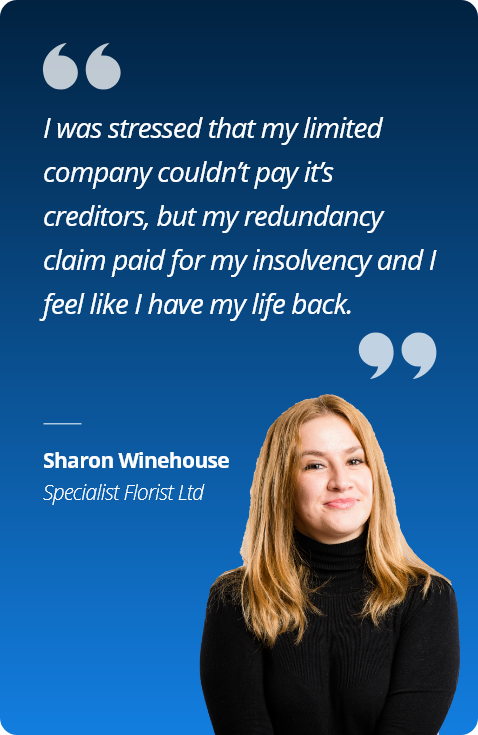What are the different types of company liquidation?
Posted on: Tuesday 12th May, 2020

Company liquidation is a process that results in the closure of a business and its removal from the register at Companies House. It’s carried out for a number of reasons and can be broadly divided into two groups – solvent and insolvent liquidations.
A solvent liquidation means the company can repay its creditors within 12 months of closure, whereas insolvent liquidation involves only a proportion of debts being repaid, with some creditors often receiving nothing back.
Solvent liquidation
Members’ Voluntary Liquidation (MVL)
Members’ Voluntary Liquidation is the solvent form of liquidation, and is typically used when a director wishes to retire, or the business has simply run its course and has no further use.
The process is carried out by a licensed insolvency practitioner (IP) who ensures all statutory requirements are met. They realise the company’s assets, repay any creditors, and distribute the remaining profits amongst shareholders.
An MVL can be the most tax efficient way to close down a business as distributions are taxed as capital rather than income. This depends on various factors, however, such as whether you’re eligible to claim Entrepreneurs’ Relief and your plans for any future businesses.

Insolvent liquidation processes
Compulsory liquidation
This form of liquidation is instigated by one or more creditors who are owed £750 or more. If a winding up order is granted by the court, business assets are sold for the benefit of creditors, and the company is forcibly closed down.
This is the most serious form of company liquidation and results in redundancy for all employees. Directors also face a detailed investigation by the liquidator to find out whether their actions contributed to the company’s poor financial situation.
If company directors fear a winding up petition is imminent it can be financially beneficial to commence the following form of liquidation, a Creditors’ Voluntary Liquidation, particularly if they’re also employees of the company.
Creditors’ Voluntary Liquidation (CVL)
A Creditors’ Voluntary Liquidation ultimately results in company closure, with assets being sold off to repay creditors as far as possible. Directors are able to choose a licensed IP to carry out this liquidation process and although an investigation into their actions does take place, directors are seen to have put their company’s creditors first by voluntarily entering liquidation.
The company’s creditors vote on the CVL proposal and if 75% or more (by value of debt) agree, the decision becomes legally binding for all parties and the procedure can commence.
A significant benefit of Creditors’ Voluntary Liquidation is the directors’ potential eligibility for statutory redundancy. This could be used to pay the professional fees involved, perhaps repay some of the company’s debts, or provide the directors with a financial lifeline for the short-term.
CFS Redundancy Payments can provide professional advice and assistance if you’re considering liquidation. We’re director redundancy specialists and will ensure you understand all the options available. Please contact one of our expert team to arrange a free same-day consultation. CFS are Authorised and Regulated by the Financial Conduct Authority. Authorisation No 830857. You can check our registration here.






